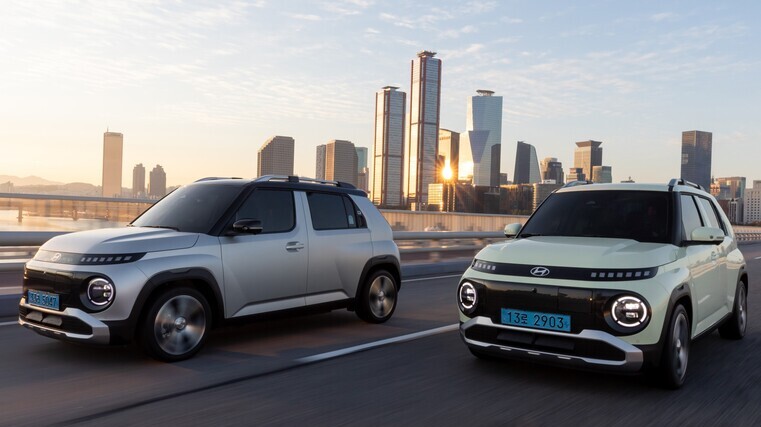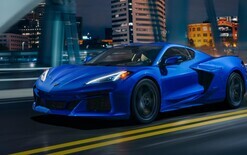EV to ‘revolutionise’ segment

Hyundai Motor Company says its new Inster sub-compact EV will revolutionise its segment by offering distinctive design, and superior driving range and technology.
Its standard 42kWh battery offers a projected 327km while the 49kWh long-range model extends this to 370km with estimated energy consumption of 14.9kWh/100km on the WLTP.
Both battery options are powered by a single motor that delivers 71.1kW in the base variant and 84.5kW in the long-range version. The two models offer 147Nm of torque.
When charged at a DC high-power station that provides at least a 120kW output, it can complete a charge from 10 to 80 per cent in about 30 minutes.
Compared with a conventional rubber bushing, the Inster has more advanced hydro bushing for its electric motor body mount to improve ride quality and reduce vibration. Hydro bushing enhances vibration insulation by absorbing impact energy through the movement of fluid inside the system.
The vehicle’s body has been enhanced through vibration analysis and optimisation of the structure’s vibration dampening material to reduce low-frequency road noise.
High-frequency road noise has been reduced by measures such as double seals on the front and rear doors, thicker front door glass, optimising airflow around the headlamp strip and applying a front underbody cover, also reducing drag.
High-speed driving comfort has been further enhanced through body reinforcements around the steering system mountings and optimisations to the internal steering damper.
The power electronics system, including the motor, inverter and gear-speed reducer, has also been optimised with a focus on high-frequency noise control.
Its exterior design is marked by strong SUV lines and clean surfaces, punctuated by strong fenders, a high-tech circuit board-style bumper design and robust skid plate.
Then there’s the LED daytime running light signature, pixel-graphic turn signals and tail-lights. Customers can opt for LED projection headlamps and a two-tone exterior with a contrasting black roof.
Inside, there’s a 10.25-inch digital cluster, 10.25-inch infotainment touchscreen with navigation and wireless charging dock. The compact centre console design maximises cabin space.
It features front-row seating with walk-through access and fold-flat seats, including the driver’s seat, for increased flexibility. A heated front bench seat and steering wheel are optional. The second-row seats are split 50-50, and offer slide and recline functionality. All seats fold flat for maximum versatility.
Sustainable materials are used for trim parts. The exterior features black high-gloss recycled paint from recycled waste tyres. The interior utilises recycled polyethylene terephthalate (PET) from plastic bottles and bio-polypropylene material extracted from sugar cane.
The Inster’s interior offers 64-colour LED ambient lighting, a digital cluster, one-touch sunroof and Hyundai Digital Key 2 Touch accessibility. Parking capabilities combine parking-distance warning front and rear with a rear-view monitor for enhanced visibility.
The EV’s vehicle-to-load functionality enables power supply for external devices, allowing bi-directional charging without extra equipment. Pricing and market-specific details will be announced closer to launch down under this year.





